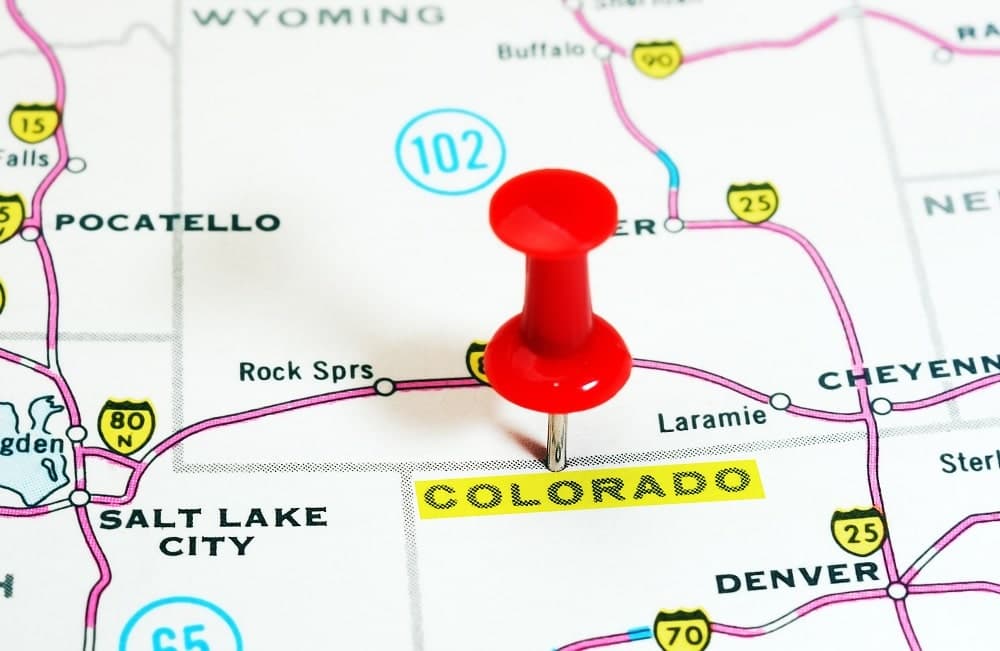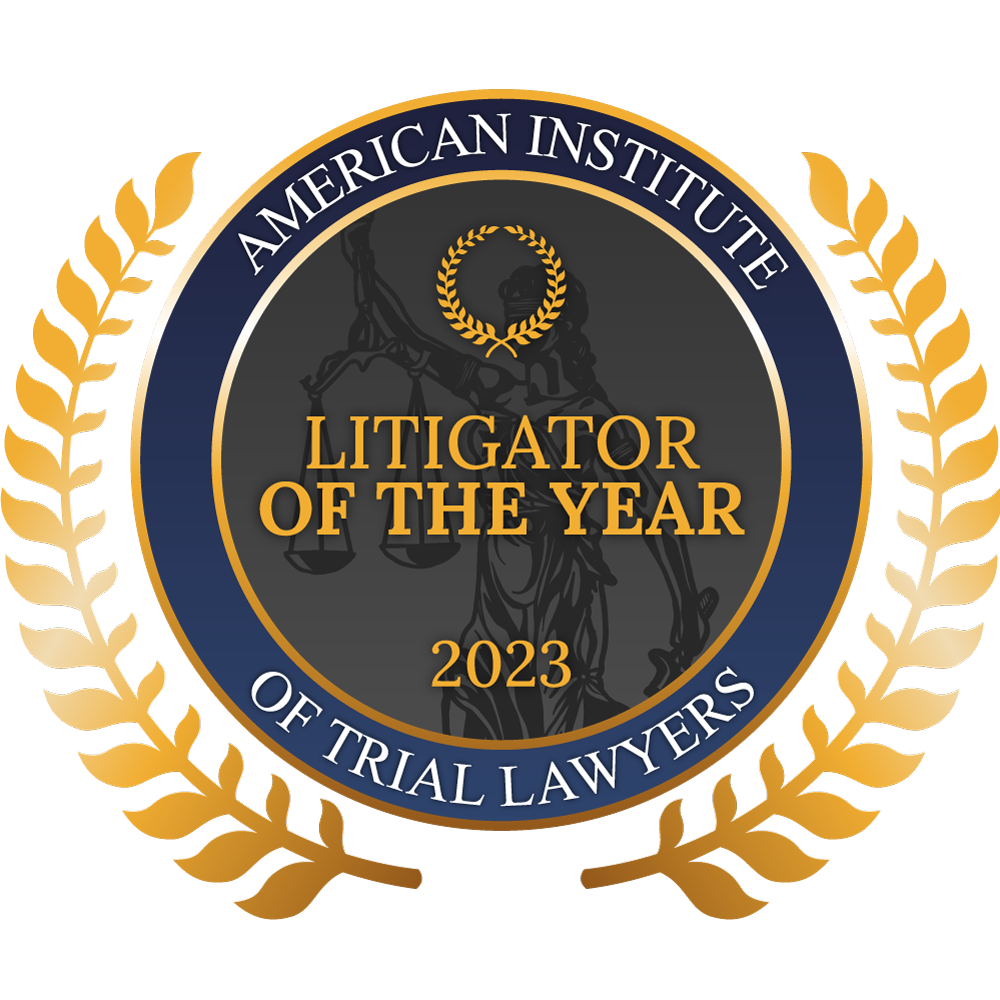
If another driver is at fault for a motor vehicle accident that injures you in Colorado, then that driver’s auto insurance company may be required to pay compensation to you, including covering your medical expenses and any property damage that you sustain. Driving while distracted or impaired by alcohol or engaging in other forms of careless and reckless driving such as speeding, tailgating or running through red lights are all examples of fault in a car crash.
Under Colorado law, drivers must carry minimum bodily injury liability coverage of $25,000 per person and $50,000 per accident (if two or more people suffer injuries). They must also carry a minimum of $15,000 in property damage liability coverage. It is important to understand how this insurance coverage works and how it is paid out following a motor vehicle accident.
Colorado Is an ‘At-Fault’ State
Colorado is among the states that have a traditional tort-based system for motor vehicle accidents. This is also known as an “at-fault” system. In 2003, Colorado switched from the “no-fault” system to help citizens avoid the associated high insurance premiums. Under the at-fault system, both the insurance policy of the at-fault driver and the driver themselves are responsible for paying the expenses arising from the accident.
Under Colorado’s prior “no-fault” system, a person injured in a car accident had to first seek compensation from his or her own insurer after a crash. Even though the person did not need to establish that anyone was at fault in order to receive personal injury protection benefits, those benefits were limited. The only time the person could look to the at-fault driver and his or her insurance company for compensation is when the person’s harm exceeded a certain threshold.
Under the state’s tort-based system of liability for motor vehicle accidents, a driver who is injured in a crash will look to the insurance policy of the other driver. This means that an injured driver has two basic avenues available to pursue compensation:
- File a claim with their own insurance company. If their insurance company covers the loss, the company will likely pursue a subrogation claim against the at-fault driver’s insurance company.
- File a claim with the at-fault driver’s insurance company. Without filing a lawsuit, a person can simply file a claim with the at-fault driver’s insurer. If the insurer refuses to pay the claim, the person can file a lawsuit.
Colorado requires insurance companies to offer drivers up to $5,000 in medical payment, or “med pay” coverage, for an additional premium. Drivers may opt out of this coverage. If they take no action, the coverage is automatically added to their policy. An injured driver can use this coverage to pay basic medical expenses from a motor vehicle accident, regardless of who was at fault.
You may also buy optional collision coverage. This coverage will pay to repair any damages to your vehicle. Typically, this coverage is mandatory if you lease or finance your vehicle.
Finally, if the other driver does not have auto insurance, or if the driver’s insurance does not cover all of your expenses, you may be able to make a claim through your own uninsured/underinsured motorist (UM/UIM) coverage. In Colorado, an insurance company must offer drivers UM/UIM in the same amount as the bodily injury liability limits which they select. Unless you have waived this coverage in writing, you should have UM/UIM coverage available to you.
What Is ‘No-Doubt’ Liability?
In certain types of motor vehicle accidents, one of the drivers is almost always at fault for the accident. These are sometimes called “no-doubt liability” accidents. When they occur, insurance companies and lawyers rarely dispute liability for the accident. Two common no-doubt liability scenarios are:
- Rear-end collisions – If you are hit from behind, it is almost always the fault of the rear driver. This because one of the primary rules of the road requires drivers to leave enough space between themselves and the vehicle in front of them in order to safely stop. So, if you are rear-ended, it is most likely because the other driver failed to leave sufficient distance to safely stop or did not brake in time to stop.
- Left-turn accidents – A vehicle making a left turn is almost always at fault for a collision with a vehicle traveling straight in the other direction. However, there are a few exceptions. For instance, the driver making the left turn may not be at fault if the other car was speeding or ran through a red light or stop sign.
Colorado’s Modified Comparative Fault System
If both parties are at fault for an accident, Colorado’s modified comparative fault system comes into play. In this system, each party has their respective fault assigned as a percentage. For example, if two drivers are involved in a motor vehicle accident, one party may be determined to have been 30 percent responsible, while the other driver was 70 percent responsible. Each party’s financial recovery from an accident will be reduced based on the percentage of fault assigned to them.
In Colorado, a party may not recover damages if his or her fault is greater than the other party’s fault. So, in the above example, if the 30 percent responsible driver files suit and receives a verdict of $100,000 in damages, that verdict will be reduced by 30 percent, or $30,000, representing that driver’s share of fault. The driver who was 70 percent at fault could not recover anything.
Get Help from Our Experienced Colorado Auto Accident Attorneys
If you or a loved one was injured in a motor vehicle accident in Colorado, having an experienced motor vehicle accident attorney on your side will dramatically improve your chances of recovering maximum compensation for your injuries. At The Wilhite Law Firm, we are ready to help you navigate the process of seeking compensation for the injuries and damages you have suffered in a motor vehicle accident. We will thoroughly investigate your crash, help determine fault and work with you to file a claim with the at-fault driver’s insurance company. Contact us today to learn more in a free consultation.






















